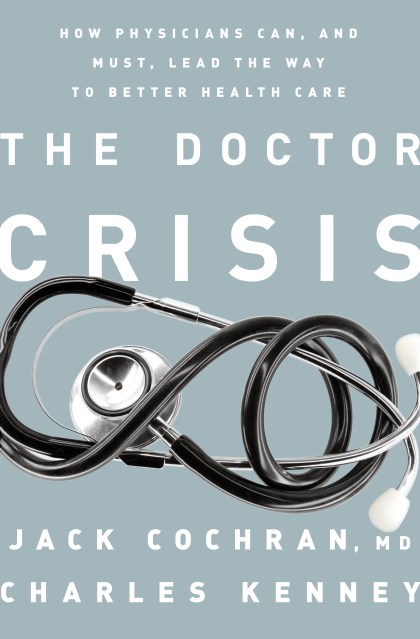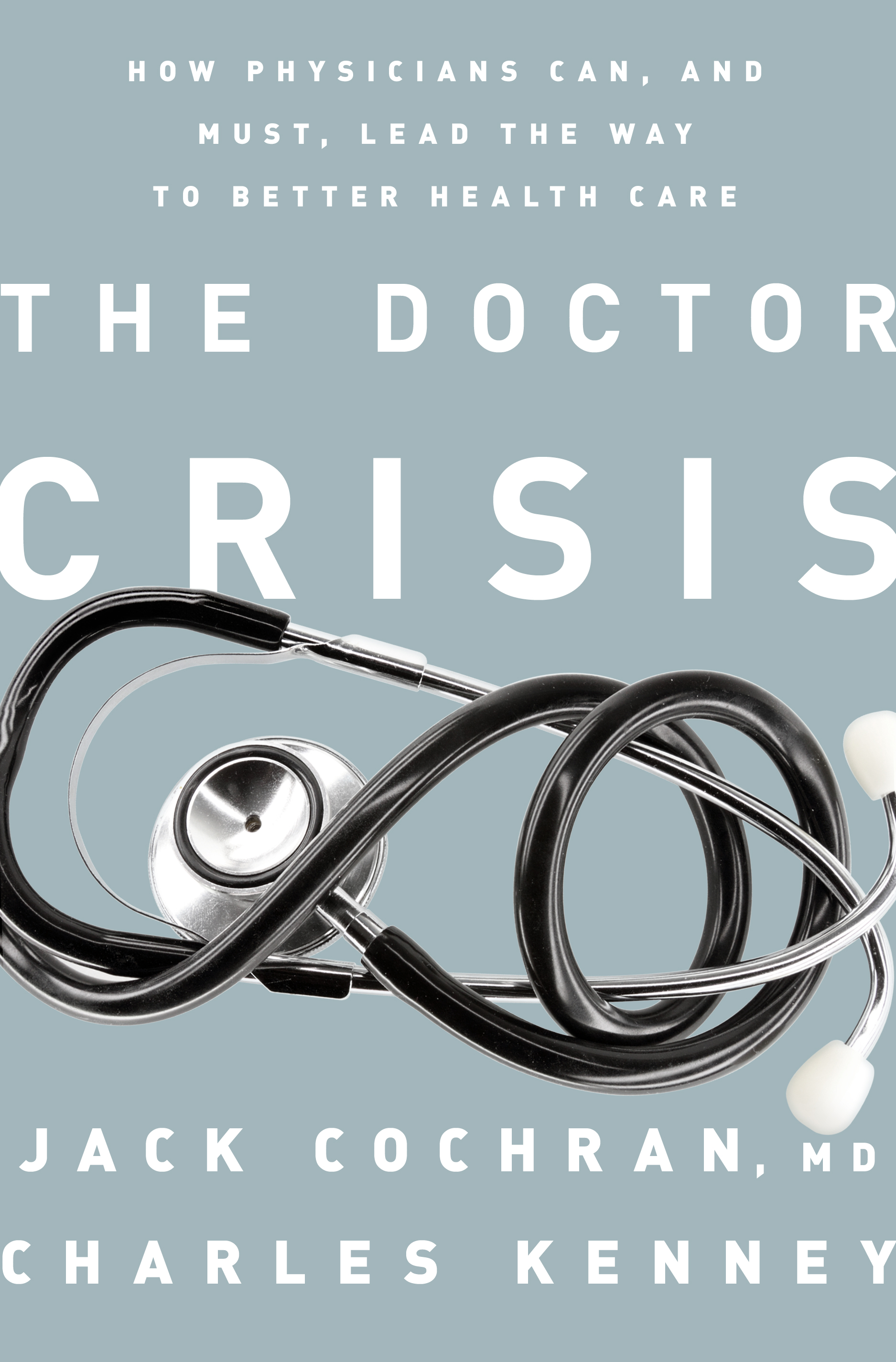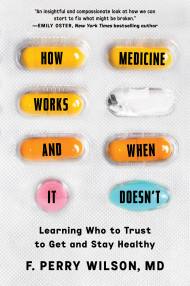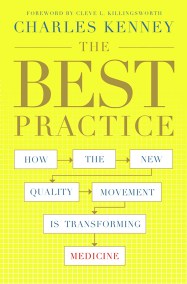Promotion
Use code MOM24 for 20% off site wide + free shipping over $45
The Doctor Crisis
How Physicians Can, and Must, Lead the Way to Better Health Care
Contributors
Formats and Prices
Price
$13.99Price
$17.99 CADFormat
Format:
- ebook $13.99 $17.99 CAD
- Hardcover $23.99 $28.00 CAD
This item is a preorder. Your payment method will be charged immediately, and the product is expected to ship on or around May 6, 2014. This date is subject to change due to shipping delays beyond our control.
Also available from:
Fundamental flaws in the US health care system make it more difficult and less rewarding than ever to be a doctor. The convergence of a complex amalgam of forces prevents primary care and specialty physicians from doing what they most want to do: Put their patients first at every step in the care process every time. Barriers include regulation, bureaucracy, the liability burden, reduced reimbursements, and much more. Physicians must accept the responsibility for guiding our nation toward a better health care delivery system, but the pathway forward — amidst jarring changes in our health care system — is not always clear.
In The Doctor Crisis, Dr. Jack Cochran, executive director of The Permanente Federation, and author Charles Kenney show how we can improve health care on a grassroots level, regardless of political policy disputes, by improving conditions for physicians and asking them to take on broader accountability; by calling on physicians to be effective leaders as well as excellent clinicians. The authors clarify the necessary steps required to enable physicians to focus on patient care and offer concrete ideas for establishing systems that place patients’ needs above all else. Cochran and Kenney make a compelling case that fixing the doctor crisis is a prerequisite to achieving access to quality and affordable health care throughout the United States.
Genre:
- On Sale
- May 6, 2014
- Page Count
- 240 pages
- Publisher
- PublicAffairs
- ISBN-13
- 9781610394444
Newsletter Signup
By clicking ‘Sign Up,’ I acknowledge that I have read and agree to Hachette Book Group’s Privacy Policy and Terms of Use







